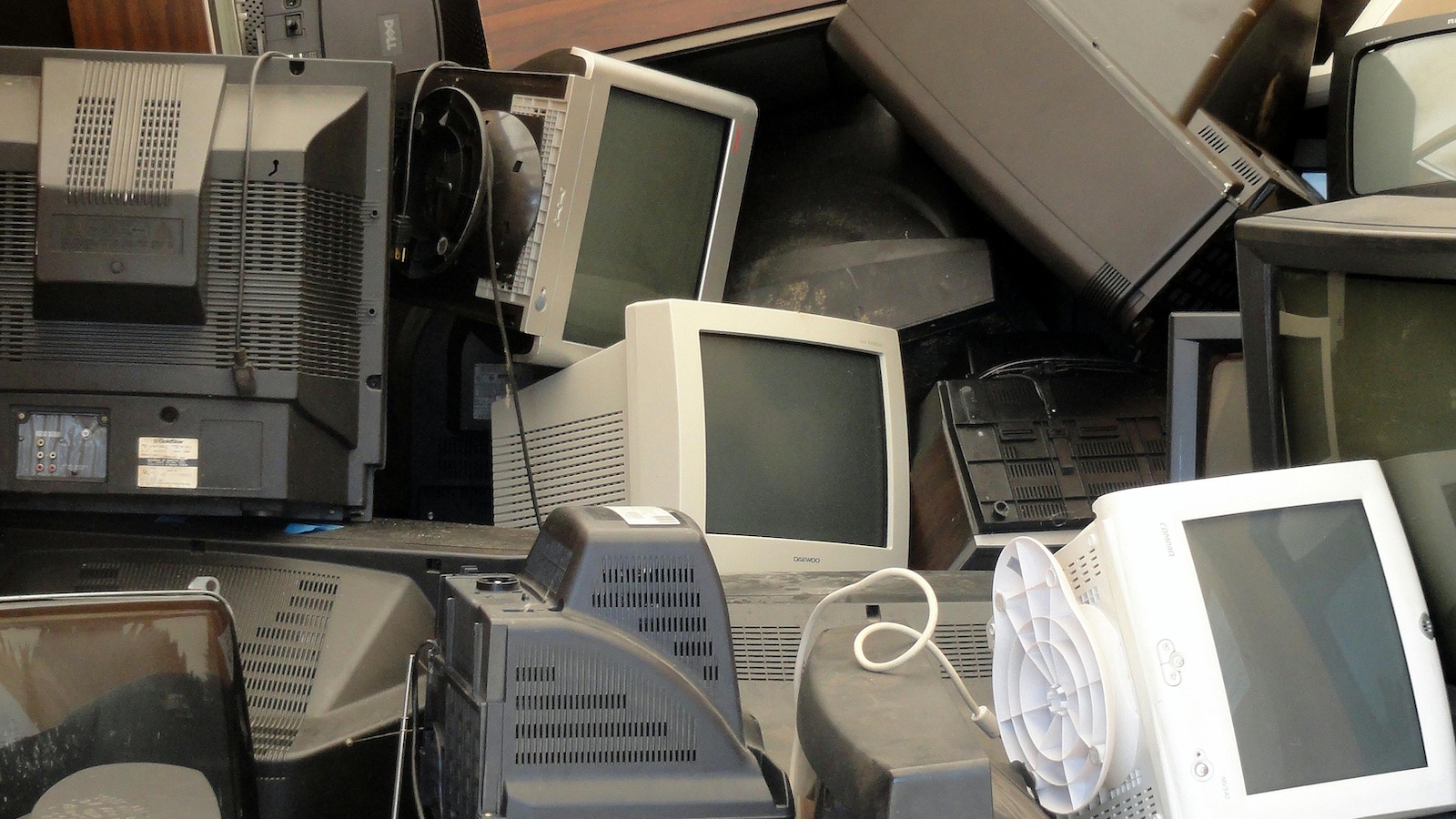The range of exposures facing corporation, as well as subsequent loss and claims scenarios, have increased significantly in recent years. There are rising court costs, disruptive recalls, political risks and environmental problems – all in the face of a challenging global pandemic. Allianz Global Corporate & Specialty (AGCS) experts highlight five loss mega trends in a new report that may affect risk managers and their broker partners, reflecting the state of the liability insurance market.
1. Drivers of social inflation, such as litigation funding and class actions challenging businesses and moving into new jurisdictions
"Social inflation" describes rising insurance losses due to the growing emergence of litigation funders, higher jury awards, more liberal workers’ compensation claims, legislated compensation increases and new tort and negligence concepts – a phenomenon that is especially prevalent in the U.S. but that is now growing globally. Consumer-facing industries, such as retail, healthcare, automotive, insurance, pharmaceutical and financial services, are often the most affected by this trend, but many other industries are increasingly susceptible.
In the U.S. in 2019, there were 74 settlements totaling $2 billion and four mega settlements greater than $100 million, representing 45% of all settlement dollars (but only 5% of all cases). Median case amounts increased from around $1 million to $1.5 million per year between 2001 and 2014, to between $2 million and $2.5 million per year from 2015 to 2017 and finally up to almost $4 million per year for 2018 and 2019.
The increasing sophistication of the plaintiffs’ bar, including expanded use of jury consultants and psychologists specializing in group dynamics, has influenced the size of the settlements that juries are willing to award.
In the wake of the coronavirus pandemic, court closures and the uncertainty of reopening is affecting the legal environment. With attorneys working and conducting depositions remotely, the legal process has become more complex and slower. Plaintiffs realize that, even if their case makes it to court, it could be two years or more before it’s tried before a jury. Others worry that jury trials won’t be feasible as long as social distancing rules apply.
2. Rising automotive repair and recall costs drive high liability claims, as supply chain complexity deepens
The U.S. National Highway Traffic Safety Administration (NHTSA) administered close to 1,000 safety recalls affecting well over 50 million vehicles in 2019. Although this represents a slight decline in the number of recalls year-on-year, it still represents an average of more than two recalls every day in 2019. In addition, around 20 million more vehicles were affected in 2019.
2019 also saw high numbers of recalls across Europe. A spike of 75% meant there were 158 automotive recalls in the first quarter of 2019 – the highest total in the history of Safety Gate, the E.U.’s Rapid Alert System for dangerous non-food products. In total, the volume of motor vehicle recall alerts across the E.U. reached 475 for the year – the highest figure for a single year in the 2010s and a significant 11% increase over 2018 (428).
Of the 966 recalls in the U.S. in 2019, 907 were initiated by the automaker, and 57 were NHTSA- recommended recalls – attesting to a recent continued safety-focus trend on the part of original equipment manufacturers (OEMs). This trend of voluntary or first-party recalls is a major driver in the increasing costs of claims from auto recall. Analysis of almost 400 product recall claims over five years shows that the automotive sector is the most affected by recalls, accounting for over 70% of the value of all losses.
See also: COVID-19 Highlights Gaps, Opportunities
Many suppliers in the auto sector are specialized – diversification into other industries is rare. Top suppliers only serve the automotive industry, meaning they serve multiple automobile manufacturers. Other suppliers make parts that wind up in automobiles but do not sell directly to the manufacturer and work with non-automotive manufacturers, as well. Further down the chain are providers of raw materials to all tiers in the supply chain, as well as to OEMs. This supply chain complexity makes automotive manufacturing especially volatile to change or disruption.
In many cases, components can be produced by one of a handful of suppliers that service the entire industry, which can make the industry prone to accumulation risks – as a result, automotive product recalls have become larger and more costly.
The increasing complexity of technology is another significant driver of industry losses, due to factors such as increased time and labor rates to make repairs, more specialized training for mechanics and other repairers and the increasing prices of parts. Routine advances that were cutting-edge only a few years ago are now commonplace – like backup cameras, curb sensors, GPS navigation and anti-lock brakes. All of these increase driver convenience and safety – but also costs and claims. For example, vehicle repairs cost around 60% more in 2017 than they did in 2000.
3. The pandemic challenges manufacturers to avoid costly food safety risk and recalls
The number of food recalls has risen over recent years, with the exception of a decline in incidents through the coronavirus outbreak. Such recalls can be costly. The resulting disruption in operations while managing the recall, the direct cost of recalling stock and the indirect costs caused by the knock-on effects, such as reputational damage, can result in significant long-term financial losses for a company from loss of sales.
The average cost of a recall to a food company is around $10 million in direct costs, including brand damage, lost sales, response team set-up, press activities and other fixed costs, according to a joint U.S.-based study by Food Marketing Institute and the Grocery Manufacturers Association (GMA). Analysis of product recall insurance claims in the food and beverage sector by AGCS shows a similar experience, with the cost of the average large claim around $9.5 million (€8 million).
Product recalls are increasing in both the U.S. and the U.K. – 58% of companies have been hit by food recalls, according to one report – but also elsewhere in the world due to factors like just-in-time global manufacturing, in which recalls can rapidly go global; fewer suppliers and complex supply chains, which increases food safety risks if one supplier has a contamination issue; improved technology, which allows for better traceability and pathogen detection; and stricter regulatory enforcement globally.
The ability of the regulatory agencies and public health officials to detect problems has been reduced during the pandemic. Post-pandemic, there is likely to be a return to the normal detection of issues – especially those related to food-borne illness.
With very dramatic increases in hygiene standards – not only within manufacturing but in every aspect of society – cross-contamination risks, which are a major cause of food and beverage recalls, may decrease. New operations, closed factories, remote work forces, weakened quality checks, decreases in regulatory visits and erratic supply chains can increase risk exposures.
4. Political risks threaten business disruption beyond physical property damage
Civil unrest such as protests and riots are challenging terrorism as the main political risk exposure for companies. Recently, events such as the French ”yellow vest” protests (insured losses around $90 million), as well as unrest in Chile (around $2 billion), Hong Kong ($77 million), Bolivia ($170 million) and Ecuador ($821 million) have highlighted the volatility of businesses to the impact of political risks and violence, causing both physical damage but also preventing many businesses from opening their doors.
Almost 50 countries witnessed a surge in civil unrest in 2019, according to a Verisk study. Notably, in 2020, racially charged riots in the wake of the death of George Floyd have challenged authorities to control crowds and protect property. Losses to businesses in at least 40 cities in 20 U.S. states may come close to the most costly civil disorder in U.S. history (Los Angeles’ 1994 Rodney King riots, which caused $1.42 billion in damages, in 2020 dollars).
An individual business doesn’t have to be a direct victim of civil unrest or terrorism to suffer a loss. Businesses near such incidents can suffer lost revenues whether or not they incur physical damage, during the time the area is cordoned off or until the infrastructure can be repaired to allow entry of customers, vendors and suppliers. Companies can also be disrupted by a physical loss of attraction to a property in the vicinity of their premises. If there is a closure of an important landmark, hub or particular place where large numbers of people come together, a reduced number of visitors will result.
5. Indoor air quality after coronavirus and enforcement undertakings concerns environmental market
Environmental pollution incidents can have damaging consequences for a business, and not all aspects are always fully considered when a company is assessing whether it is adequately covered. Among these, two risks are paramount for 2020 and beyond: indoor air quality concerns with legionellosis and mold growth and the use of enforcement undertakings (EU) to encourage companies to participate in the clean-up and prevention of environmental accidents that they caused.
Indoor air quality is a continuing environmental concern, driven by increased mold and legionella claims. This is exacerbated by the coronavirus pandemic, which has caused an unprecedented shutdown of commercial office buildings. When certain air quality systems are dormant for a while, they are susceptible to contamination by bacteria that thrive in humid, water-rich environments.
Mold and legionella can especially affect real estate and the hospitality sector, but also hospitals, bath houses, fitness clubs and other public settings – large buildings with complex plumbing and heating, ventilation and air conditioning (HVAC) systems that allow bacteria to grow and aerosolize into small droplets that are aspirated by facility occupants.
See also: How Risk Managers Must Adapt to COVID
The coronavirus pandemic, however, has caused many commercial office buildings to sit idle, potentially leaving poorly maintained buildings with stagnant water in HVAC and plumbing systems where legionella thrive. Legionella is more likely to occur in systems that have been dormant for a prolonged time – weeks or months, at least.
Mold growth in buildings may also be an unexpected side effect of the pandemic. An HVAC system transfers heat and moisture into and out of the air to control the temperature level. In a building, this balance can easily be offset by an inconsistent or inoperable HVAC system. Mold requires three things to grow: water/moisture, proper temperature and a food source, which is typically building materials such as drywall or ceiling tiles.
Globally, environmental prosecutions are on the increase as public awareness of environmental matters grows, and therefore the standard by which businesses are judged becomes higher. Fines and remediation standards are on the increase, and therefore environmental management should be a boardroom priority.
For more information, please visit AGCS Liability Loss Trends 2020.






